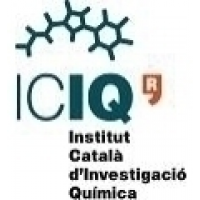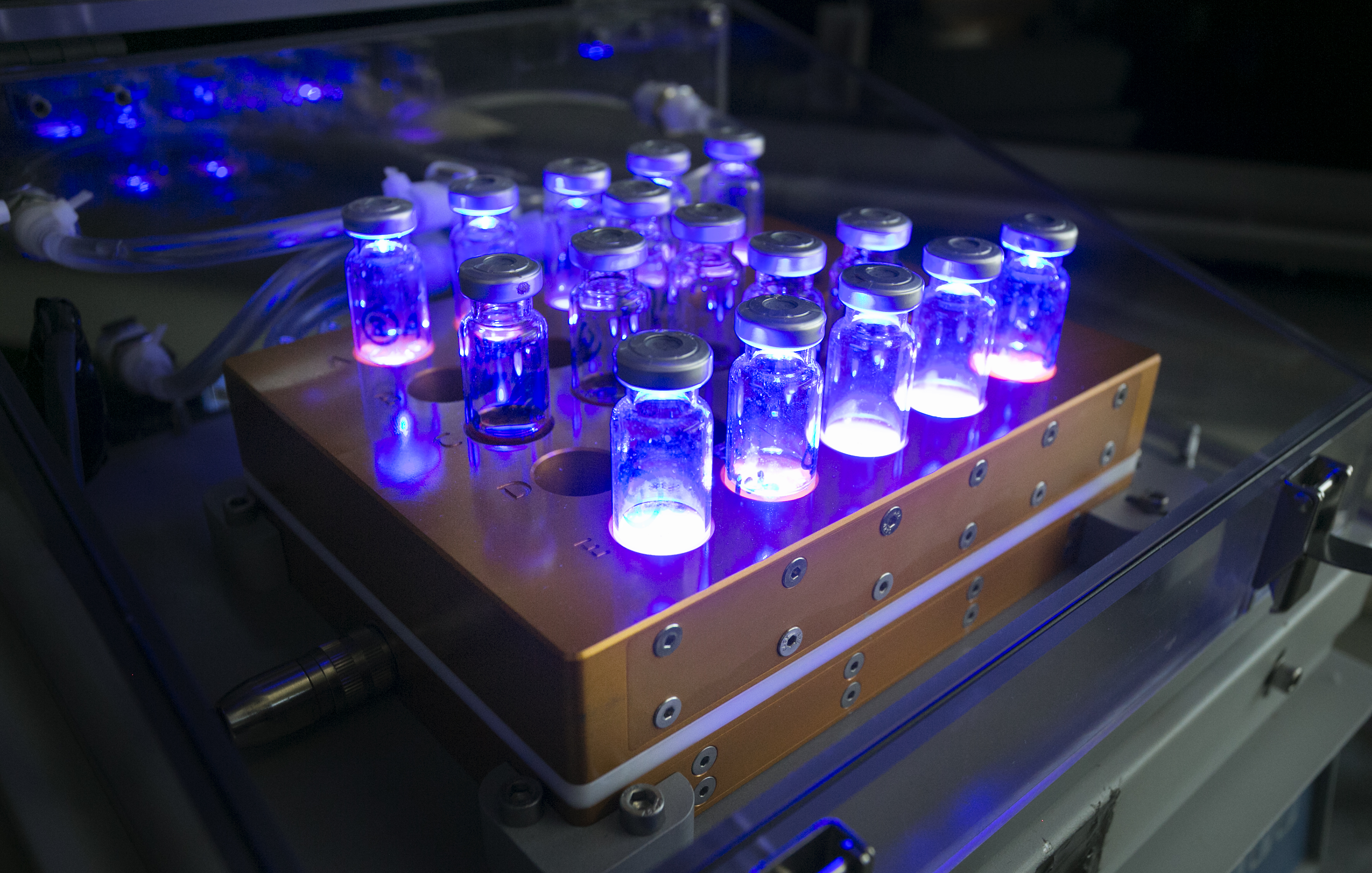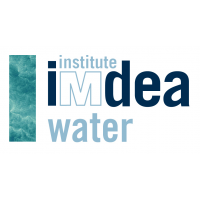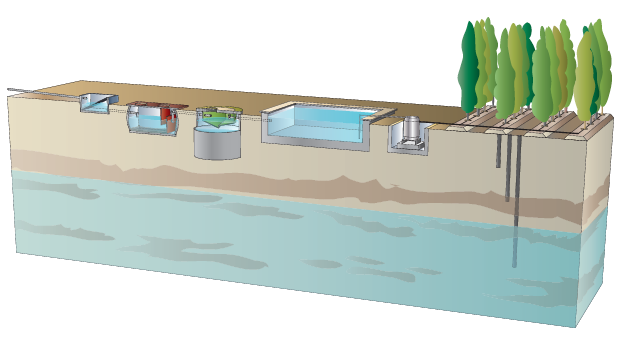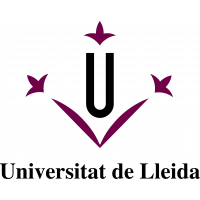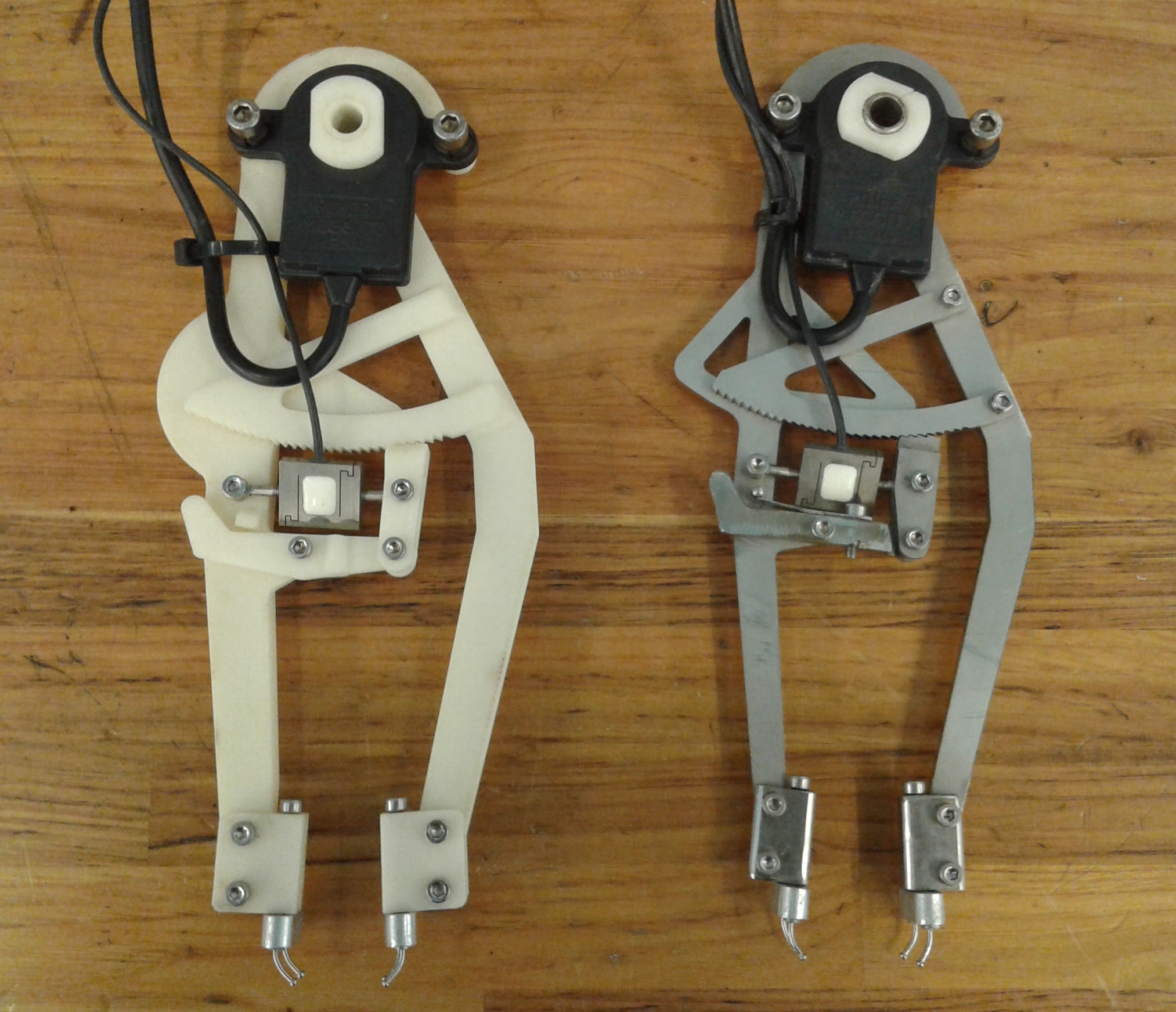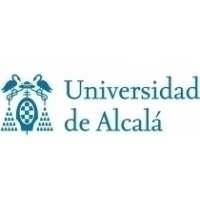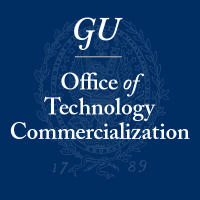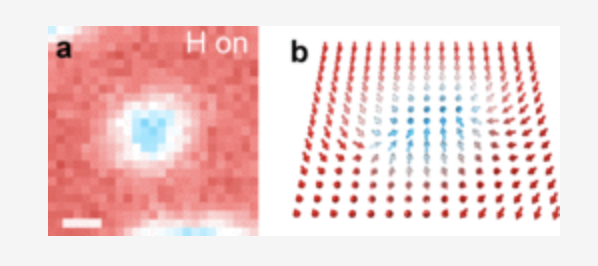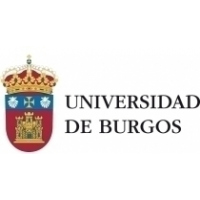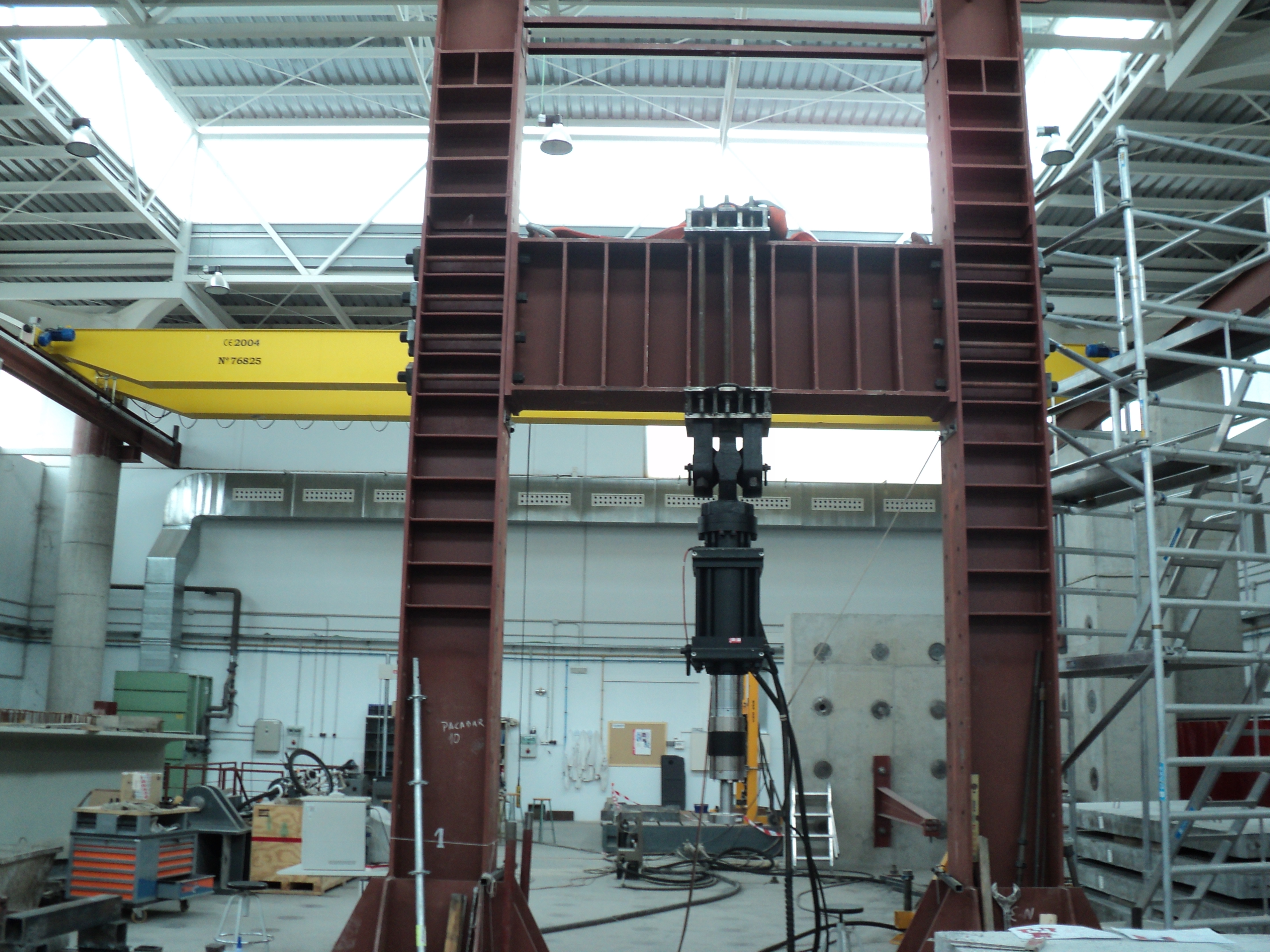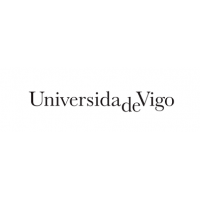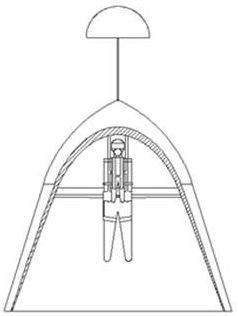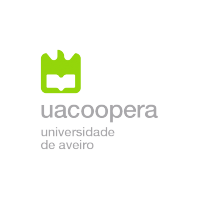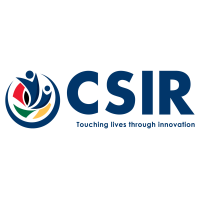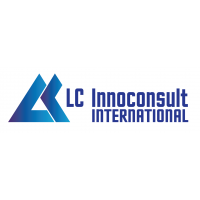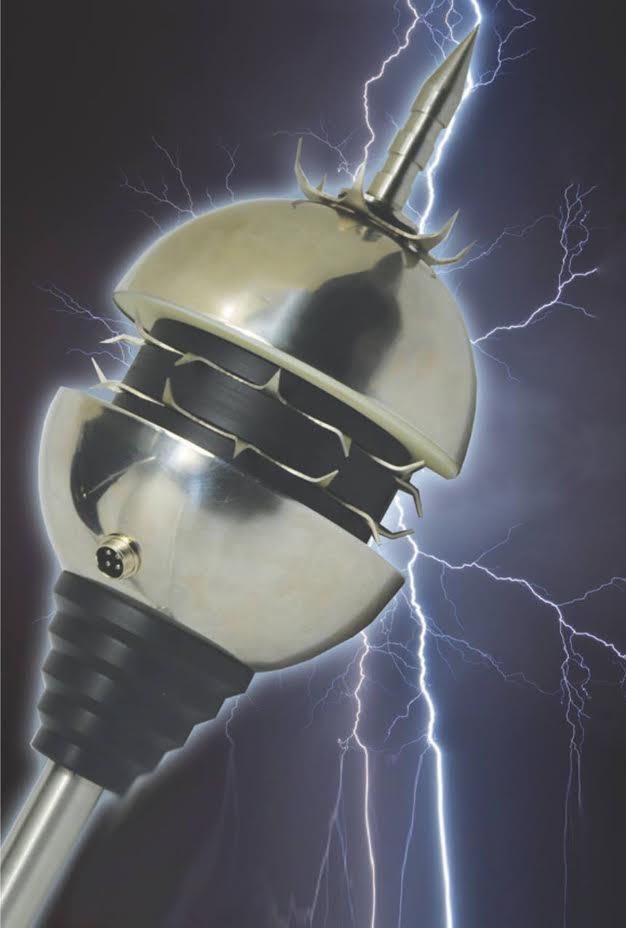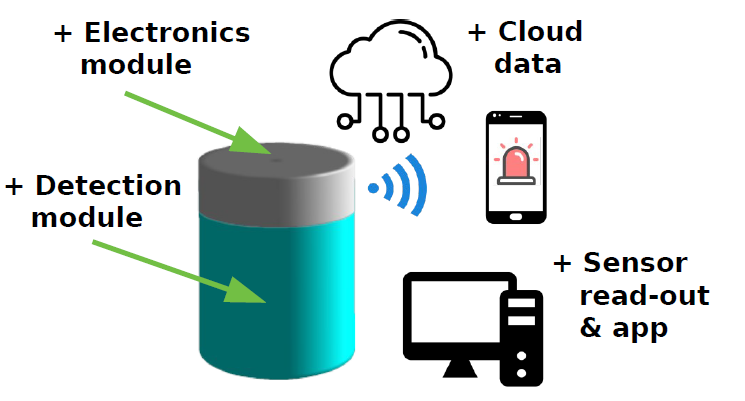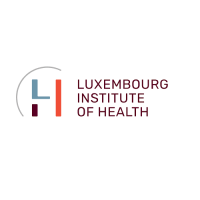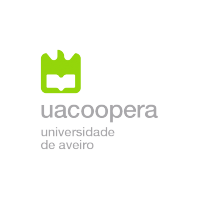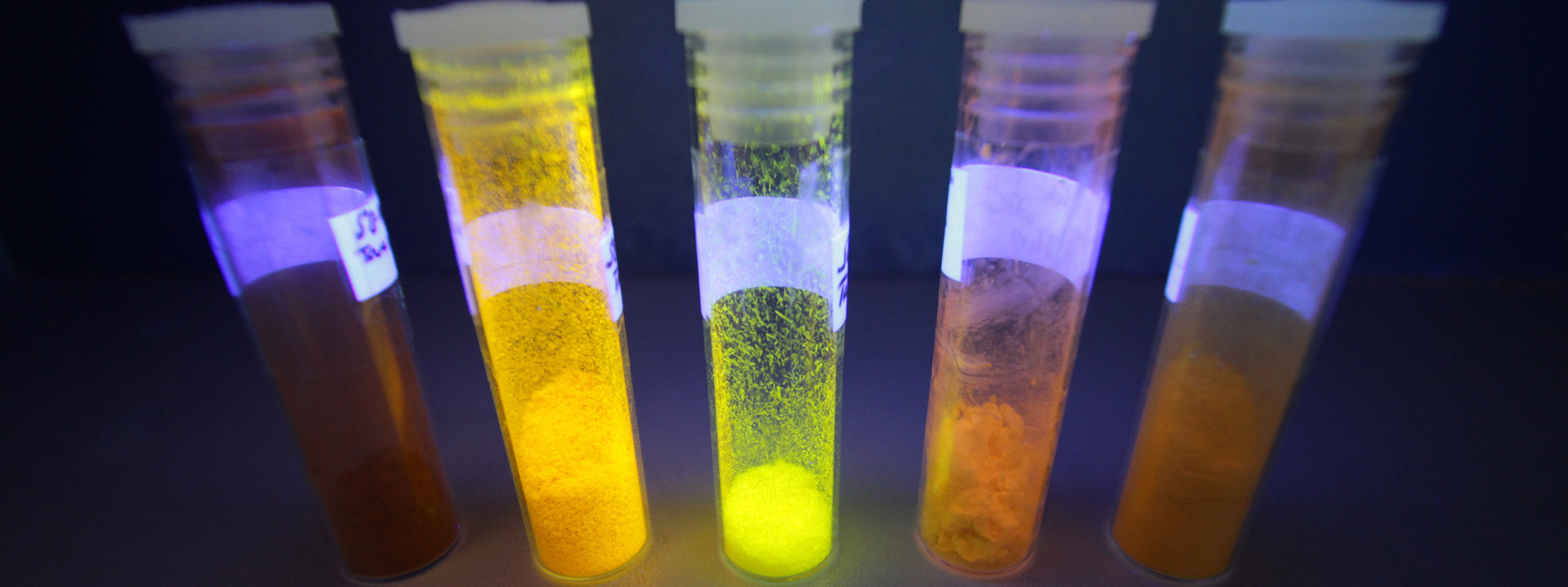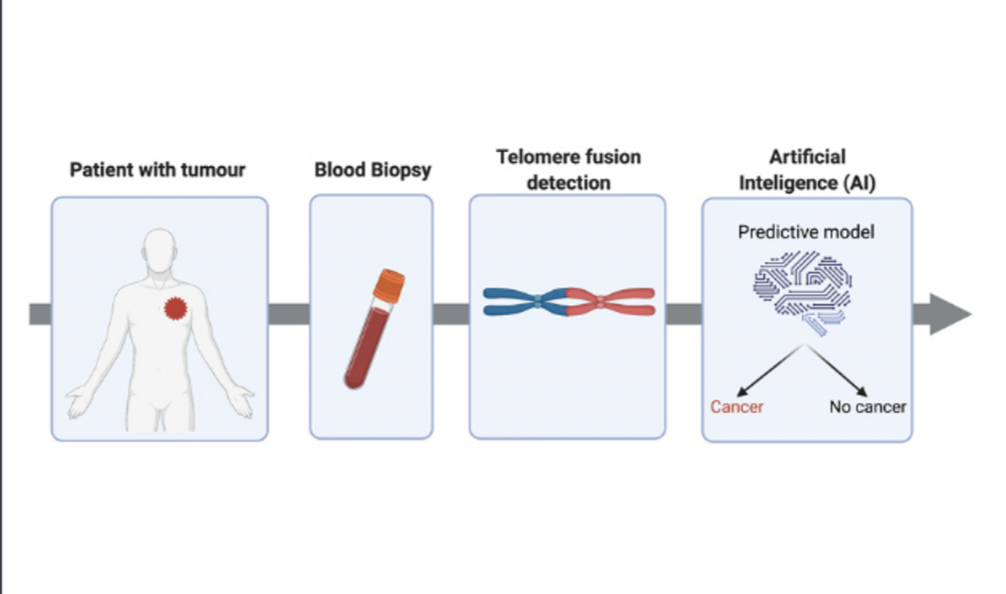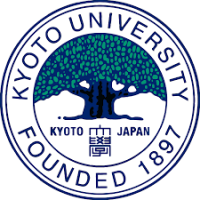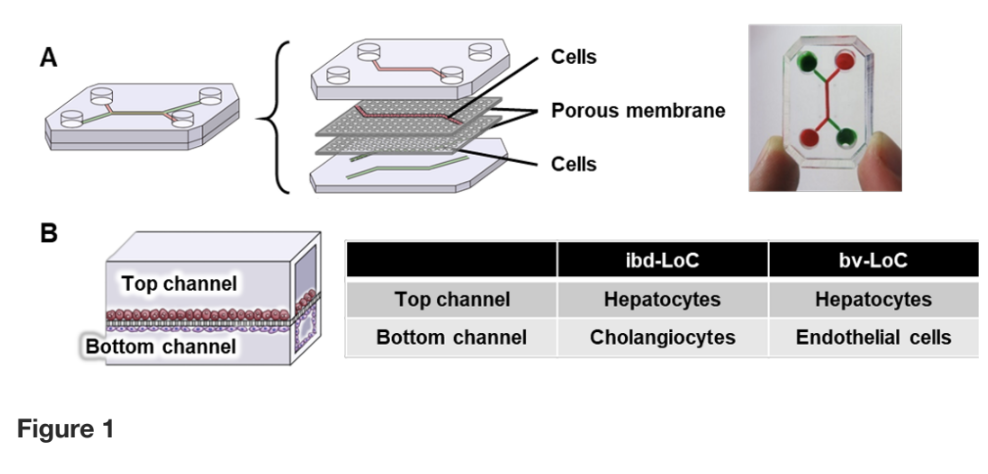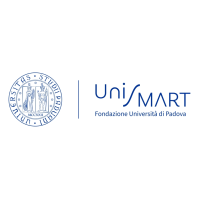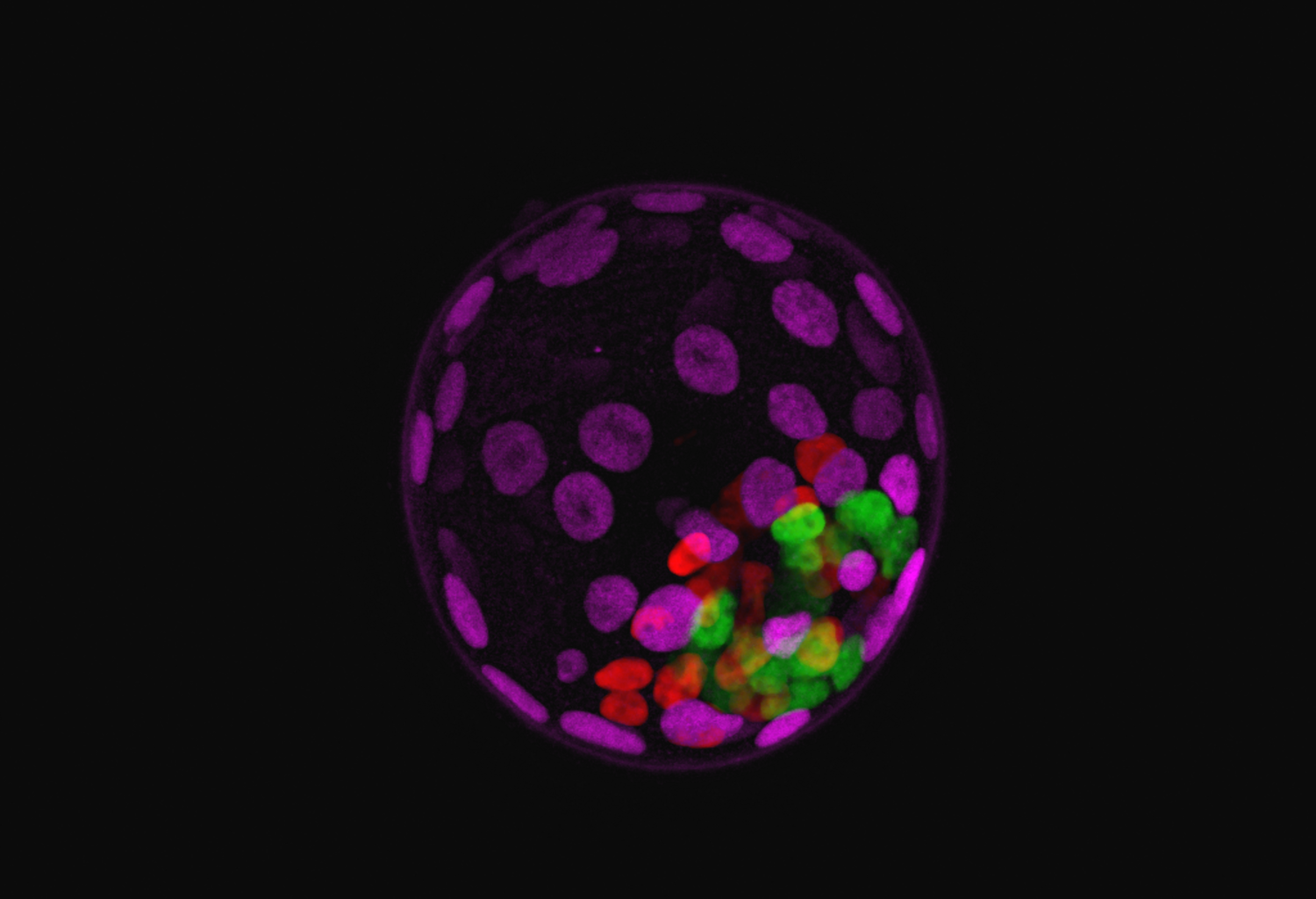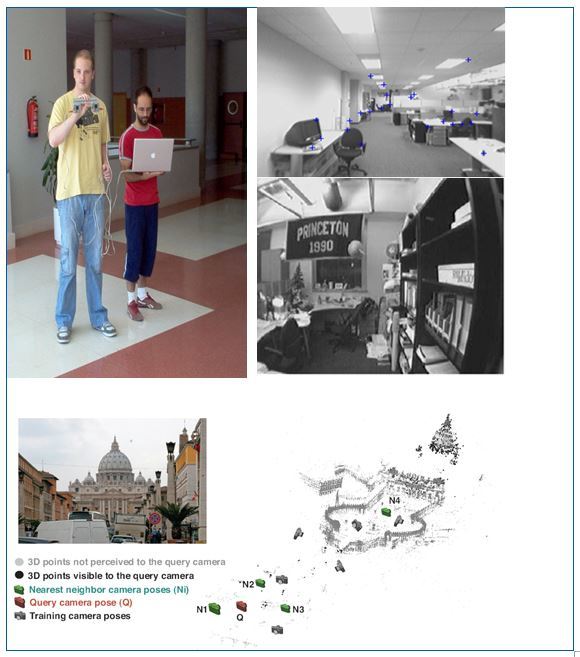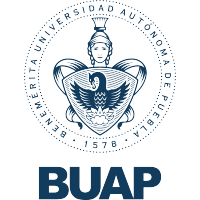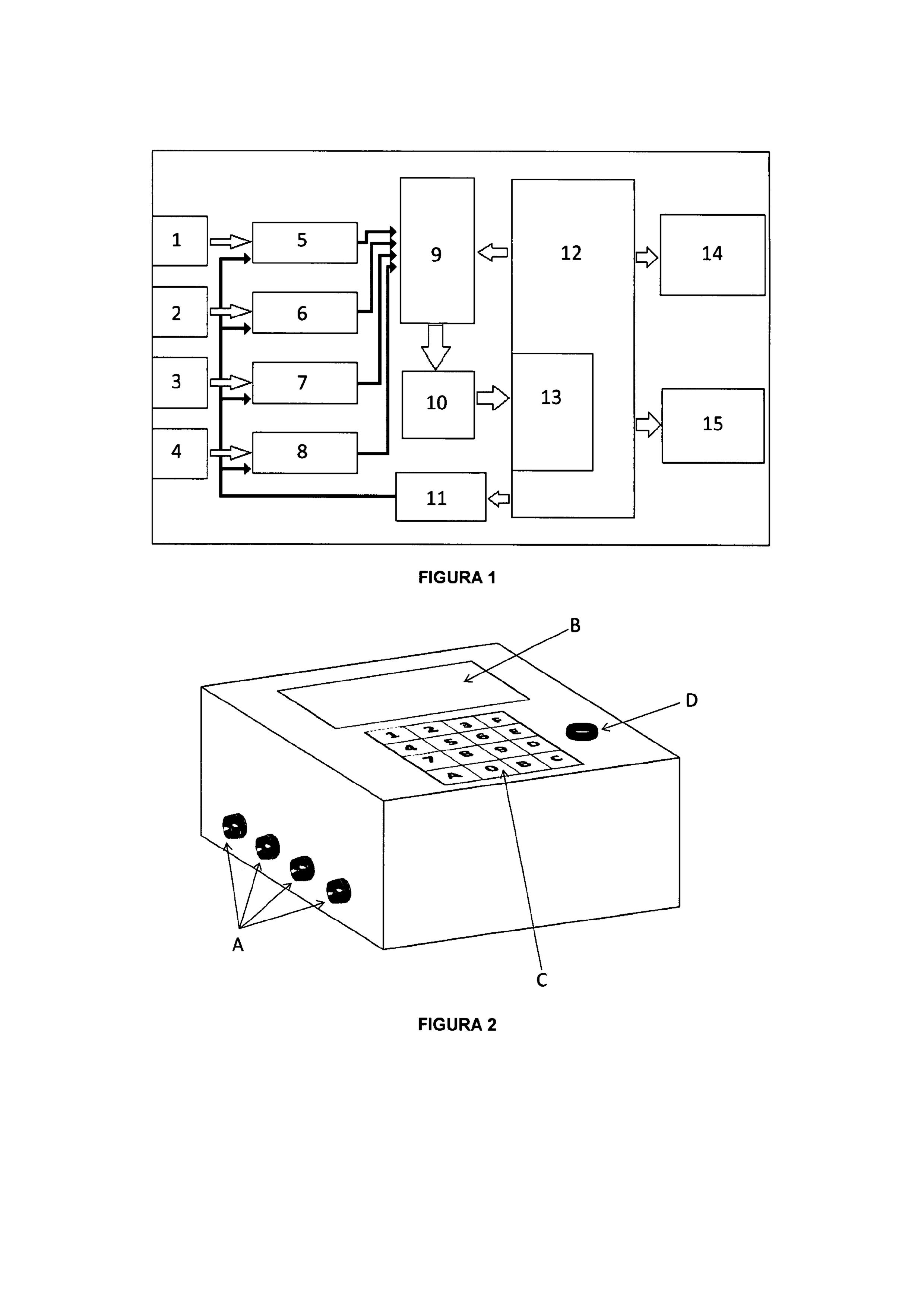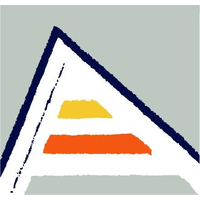Technology Offers Site map description
L
Institute of Chemical Research of Catalonia posted this:
Laboratory-scale photoreactors for high-througput experimentationWe are seeking licensees for the manufacture and commercialization of market-ready photoreactors with full control on temperature and light intensity. The developed photoreactors comprise several reaction spaces in order to allow parallel experimentation and reaction optimization.IMDEA Water Institute posted this:
Land application systems for urban wastewater treatment of small built-up areasA Land Application Systems (Figure 1) is a plot area, sized according to the influent to be treated, which has forests installed and is irrigated with wastewater. The residual water partially evaporates and the rest is taken up by the roots of trees and filtered through the soil. Before application to the soil, it is desirable to introduce a primary treatment system, to remove coarse solids, sand, grease and solids. But these systems provide more than just simple purification, because while treating the water, we are also producing biomass with high economic value. Unlike conventional waste water treatment systems, no external energy input is needed, so the running and maintenance costs are greatly reduced. Furthermore, it is a robust technology and the operation is simple. This technology is therefore ideal for treatment of urban waste water from small towns, with strong flow oscillations.Universitat de Lleida posted this:
LapC-FORCE: Surgical device to improve laparotomy closure for incisional hernia preventionA multidisciplinary team involving doctors and engineers developed a medical device to cover the surgeons’ need at the moment of closing a laparotomy. With real-time information on force and distance, surgeons may decide the most appropriate closure technique and materials to be used for each single patient for reducing the laparotomy’s closing force and therefore, to prevent incisional hernias. We currently have a prototype medical device that measures the closing force between edges in a laparotomy. It was designed and tested in non-regulatory preclinical trials using pigs. We are looking for an industrial partner with expertise in the sector of medical devices willing to add in its product pipeline a new surgery device to assist surgeons during a laparotomy. The type of partner sought is mainly for regulatory development and commercialization under a technology license agreement.Universidad de Alcalá-OTRI posted this:
LARES Robotic Solutions for telecareThe research group in Intelligent Systems GSI, from the Automatic Department of Alcalá University, proposes a solution for telecare and telemedicine based on a network of sensors, an autonomous robot and a health database, designed to prevent accidents of dependent people in an efficient way and offering solutions to different needs still not covered in the market. This service focuses on dependent patients and their caregivers to improve their quality of life. The system also proposes e- health databases for new medical applications with large data volumes.Georgetown University posted this:
Large Dzyaloshinskii – Moriya Interaction and Perpendicular Magnetic Anisotropy Induced by Chemisorbed Species on Ferromagnets- Chemisorption of earth-abundant material on ferromagnets induces large Dzyaloshinskii-Moriya Interaction and Perpendicular Magnetic Anisotropy - More cost-effective by replacing those rare noble metals in device applications - Open up new possibilities of using chemisorption to design and tailor spin-orbitronics devices.UNIVERSIDAD DE BURGOS posted this:
Large scale structural testing for civil engineering, energy industry and others, including static and dynamic testingsLarge scale structural testing can be developed in our laboratory. The main field is civil engineering, but others industrial sectors can be held, as energy industry, aerospace, automotive industry, etc. Static and or dynamic testing can be carried out, including large cyclic testings, seismic testing, etc. Our services include testing design (both conceptual and detailed design), FEM models development, results analysis, improve proposal of the initial design provided by customer, etc.University of Vigo posted this:
Lateral connection system by removable clamps for I or H profilesThe presented system allows detachable lateral connections, at right angles, type ‘cross beam to column flange’ of I and H standard profiles made of steel. The system uses standard mounting clamps without previous specific machining operations (as may be welding or drilling). This patent consists in a lateral connection system at 90º angles of metal profiles type I or H, using supports pieces with slotted holes that allow the attachment of various sizes of standard profiles. For assembling the connecting support pieces, mounting clamps with bolts, nuts and flat washers are used. The supports are attached to the profile flanges, first to column flange, and then to the beam one. Innovative aspects and advantages The presented system allows detachable lateral connections, at right angles, type ‘cross beam to column flange’ of I and H standard profiles made of steel. The system uses standard mounting clamps without previous specific machining operations (as may be welding or drilling). This detachable connection allow reconfiguration and reuse of parts in metal structures made of I or H profiles, which represents an economic and environmental advantage. The system allows saving time in the assembly process. The set has a system for adjusting the stiffness of the connection. Commercial applications and potential users National Biofilms Innovation CentreNational Biofilms Innovation CentreNational Biofilms Innovation Centre
National Biofilms Innovation CentreNational Biofilms Innovation CentreNational Biofilms Innovation CentreResearch & Technology Organization
National Biofilms Innovation Centre posted this:
Licensing partner required a plant-derived technologyOur industry partner, Watercress Research Ltd are looking for a licensing partner for their plant-derived technology with a proven anti-inflammatory effect. There is a potential range of applications from personal care (skincare, oral care, baby care, fem health), OTC and pharma healthcare (nasal sprays, xerosis, gut health) and hand hygiene, wound prevention (IAD) to food packaging, food and agricultural waste, sustainable economy/recycling. Its effects could also impact on the microbiome in these contexts.UNIVERSIDAD DE BURGOS posted this:
Life-saving infable device for high buildings through controlled descent in the airThe present invention relates to an inflatable rescue device for people, and method of use thereof, which can be used to evacuate the staff of high buildings in emergency situations, as it could be a fire , danger of imminent collapse, or other situations that prevent or advise the non- evacuation through the interior of the building.Universitat de València posted this:
Light-Emitting Electrochemical Cells based on ionic dyesThe use of ionic dyes leads to materials that do not suffer from compatibility issues and allows for a much more economic production of LECs. These dyes are known for many years and used in applications such as photographic films and recordable DVD discs, and are produced in large quantities at low cost. Some examples of suitable ionic organic dyes are cyanine, hemicyanine and squarilene dyes.uacoopera posted this:
Lighting device with adjustable white light based on zirconia nanostructuresA group of researchers from a Portuguese university has developed the concept of a lighting device with adjustable white light based on zirconia nanostructures. The invention aims to control the color temperature of white light emission that is different depending on the morphology/dimension of the particles, on the surrounding environment and on excitation power. The advantage of this type of device is based on the high color quality index and the possibility of color temperature control that is relevant to the lighting technologies market. The university is looking for companies that develop this type of solution on an industrial scale. The university is looking for companies that develop this type of solution on an industrial scale for the further joint development of specific applications or technology licensing.Laser Consult Ltd. posted this:
Lightning conductor with upgradeable modular structureOur partner a Macedonian company has developed a modularly upgradeable lightning conductor with built-in early streamer emission device. Lightning conductors are designed to increase the efficiency of lightning attraction and to improve the radius of protection 1.5 - 3 times of a conventional lightning rod. The modular structure enables different functions for the product. The company is interested in finding suitable license partner.Universitat Politècnica de Catalunya - UPC posted this:
LIGHTWEIGHT NEUTRON DOSIMETERA lightweight cylindrical neutron dosimeter, of the Anderson-Brown type, able to work in continuous, quasi-continuous and pulsed neutron fields.Luxembourg Institute of Health posted this:
LIH383: Novel Modulator Of The Opioid System Regulator ACKR3LIH383 is a novel highly potent and specific negative modulator of ACKR3, developed by Dr Andy Chevigné, Head of Immunopharmacology and Interactomics, and Dr Martyna Szpakowska. It is an octapeptide (short chain of eight amino acids) with high selectivity and subnanomolar affinity for ACKR3. It was engineered by introducing a series of mutations to adrenorphin. Compared with other natural opioid ligands, its sequence (FGGFMRRK) confers it maximum specificity and affinity for ACKR3 and minimum selectivity and affinity for other opioid receptors. LIH383 therefore binds to and blocks ACKR3, thereby modulating the availability of opioid peptides that can bind to classical opioid receptors in the brain and potentiating their natural painkilling and antidepressant properties. LIH383 is therefore a positive regulator of the opioid system. In a nutshell, LIH383 presents the following advantages: > Subnanomolar potency > High selectivity for ACKR3 > Short chain (8 amino acids) > Easy to synthesise/customise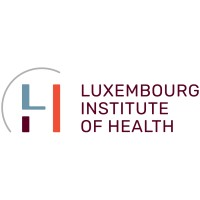 Luxembourg Institute of HealthLuxembourg Institute of HealthLuxembourg Institute of Health
Luxembourg Institute of HealthLuxembourg Institute of HealthLuxembourg Institute of HealthTechnology Transfer Network
Luxembourg Institute of Health posted this:
LIH383: novel modulator of the opioid system regulator ACKR3LIH383 is a novel highly potent and specific negative modulator of ACKR3, developed by Dr Andy Chevigné, Head of Immunopharmacology and Interactomics, and Dr Martyna Szpakowska. It is an octapeptide (short chain of eight amino acids) with high selectivity and subnanomolar affinity for ACKR3. It was engineered by introducing a series of mutations to adrenorphin. Compared with other natural opioid ligands, its sequence (FGGFMRRK) confers it maximum specificity and affinity for ACKR3 and minimum selectivity and affinity for other opioid receptors. LIH383 therefore binds to and blocks ACKR3, thereby modulating the availability of opioid peptides that can bind to classical opioid receptors in the brain and potentiating their natural painkilling and antidepressant properties. LIH383 is therefore a positive regulator of the opioid system. In a nutshell, LIH383 presents the following advantages: > Subnanomolar potency > High selectivity for ACKR3 > Short chain (8 amino acids) > Easy to synthesise/customiseUACOOPERA University of Aveiro posted this:
LipidPro - Fluorescent dye for detection of lipid aggregates in living cells and other samplesFamily of dyes to be used in fluorescence microscopy imaging of cells in culture or entire organisms, including live cell imaging. The fluorophores are not toxic, and preferentially bind to lipid aggregates, such as intracellular lipid droplets. They also light up cells by binding weakly to several subcellular structures. Importantly, the fluorophores change color with the polarity of the environment and may be used to initially characterize alterations in organelle polarity. The most promising fluorophore, LipidPro, has been tested in fibroblast-based High Throughput Screens for the diagnosis of Faber’s disease.
Technology Transfer Office at uacoopera CNIC (TTO)Spanish National Center for Cardiovascular Research (CNIC)CNIC (TTO)
CNIC (TTO)Spanish National Center for Cardiovascular Research (CNIC)CNIC (TTO)Technology Transfer Office at Spanish National Center for Cardiovascular Research (CNIC)
View ProfileCNIC (TTO) posted this:
Liquid biopsy for early detection of cancer or precision medicineScientists at EMBL-EBI, CNIC and CSIC have discovered a new type of telomere fusion that is not present in blood from healthy donors but can be detected well in the blood of cancer patients. They developed computational tools for the reliable identification of these fusions. Additionally, predictive models have been established that allow for the detection of the presence of a tumour using sequencing data from a blood sample. We hereby present an approach for a highly specific, minimally invasive and early detection of cancer. The sensitivity and false positive rate are comparable to recent liquid biopsy analysis methods. The performance of the tools is comparable across cancer stages. The tool has been validated using close to 10,000 whole genome sequencing datasets.
Technology Transfer Office at Spanish National Center for Cardiovascular Research (CNIC)Alfonso del Rey Pérez posted this:
Lithium filled nanocapsules for cancer treatmentCSIC through the Institute of Materials Science of Barcelona ICMAB has developed new carbon nanocapsules filled with enriched lithium compounds. These nanocapsules can be applied in Neutron Capture Therapy (NCT) for cancer treatment.
Technology Transfer Officer at ICMAB-CSICKyoto University posted this:
Liver-on-a-chip for Disease Modeling and Drug ScreeningDrug discovery is oftentimes hindered by inadequate disease models. For diseases affecting the liver 2D hepatocyte culture models are generally used which fail to recapitulate the organ functions and pathophysiologies. Organ-on-a-chip technique has recently gained attention for liver modeling, and several devices containing different liver cell types have been developed. The present invention is a liver-on-a-chip (LoC) device which contains hepatocytes and cholangiocytes (bile duct epithelial cells) therefore reproducing the hepatic region around the bile duct in 3D for the first time.Unismart - University of Padua Foundation posted this:
Living cell system of marine mammals for cell biology studies, toxicological tests and large-scale research applicationThe technology of S.S.S. consists in its being an "Integrated System", it allows to perform studies in multiple combinations between the 5 cell lines of the kit, giving the possibility to obtain species-specific biological responses (Tursiops vs Grampus vs Ziphius) or family-specific (Delphinidae vs Ziphiidae) or tissue?specific (skin vs muscle).Milou Klooster posted this:
Loadcarrier management with a smileRTI Blockchain is a disruptive, innovative solution to registrate all types of returnable transport items (RTI) with your value chain partners. Items such as crates, pallets, rolcontainers, gitterboxes, cilinders, reusable bottles etc. These could either be pooled items as non-pooled or own items.
CEO at RTI BlockchainUniversidad de Alcalá-OTRI posted this:
Location system and navigation assistance for blind people, using artificial vision.Robesafe group from Alcalá University is developing an assistance navigation system for blind people to guide them in structured indoor environments (such as corridors, distributors, rooms ...) and outdoor environments as well, using the merger between a GPS sensor and artificial vision. The system will show the path to follow to get to a destination, using acoustic information obtained by a synthesizer voice, similar to how the current GPS navigators do it. The group is interested in reaching commercial agreements with technical assistance with companies dedicated to the designing of mobility assistance systems for blind people.Benemérita Universidad Autónoma de Puebla posted this:
LOGICAL COUNTER OF SUBATOMIC PARTICLESA device for quantifying particles, which is characterised in that it comprises: a) an electronic system of signals produced by detectors reacting to transiting subatomic particles that are electrically charged and generate negative pulses, b) four detectors for fixing the discrimination voltage level, the duration time of the test and for obtaining the number of events per channel, the number of coincidences between the activated channels and the frequency of particles detected per time unit, c) a discriminator with a reference voltage selecting the detected events according to the fixed level, d) a memory module, e) a trigger module, and f) a coincidence logic module that makes the decisions for accepting the detected event or only increasing the counters of the channels that are activated and have information to process.uacoopera posted this:
Low Complexity Digital Filter for Chromatic Dispersion Compensation in Time DomainA group of researchers from a Portuguese university developed a method for chromatic dispersion equalization for coherent optical communication systems. The invention is targeted to equalize the the chromatic dispersion impairments in high-speed coherent optical communication systems. This method will allow a minimization of the hardware and power consumption requirements of electronic devices in real-time implementations, due to its low complexity when compared with existent solutions. The University is seeking for optical telecommunications industries which may pretend to include this technology on their portfolio, in order to minimize the hardware and power consumption requirements of coherent transceivers.CSIC - Consejo Superior de Investigaciones Científicas posted this:
Low cost and reusable, non-invasive wireless chemical sensor for biological fluidsLow cost and reusable, non-invasive wireless chemical sensor for biological fluids Researchers from the Spanish National Research Council (CSIC) have developed a novel wearable sensor technology, which is suitable to detect and monitor in a non-invasively-way metabolites and biomarkers such as glucose, lactate and/or alcohol. The sensor is based on an electrochromicelectrochemical and wireless optical sensing basis, and is suitable to be used on biological fluids (included human or food one). Its mass-production capability by using conventional screen-printing process enables their easy and low-cost integration in multiple form factors. Industrial partners interested on mass production of electrochemical sensors for smart patches, food packaging and textiles (clothes and shoes) applications are being sought to exploit the technology through a license or collaboration agreement. An offer for Patent Licensinguacoopera posted this:
Low Cost Minimum Quantity of Lubricant SystemA group of researchers from a Portuguese university has developed a system of "Minimal Quantity of Lubricants" fully functional and automated. The term MQL, "Minimal Quantity of Lubricant", refers to the use of a low lubricant flow (10 to 100 mL / hr) through a high pressure fluid (compressed air). This system is an alternative to most lubrication systems used in machining operations, with both economically and ecological level advantages, contributing to sustainable manufacturing. This system stands out for its optimal functioning, automation, low cost and good portability. It allows a good lubrication and a good cooling of the machined piece, dry chips, a cleaner desktop, thus ensuring a higher yield and environmental improvement.Universidad de Alicante posted this:
Low cost sensors for the detection of gaseous hydrogen• New simple preparation method which does not require sophisticated instrumental techniques. • The procedure use low-cost materials and optimizes the loading of the metals employed. • This technology is efficient, producing robust and reliable sensors with high signal-to-response ratio and low cost. • The CNT and nanoparticle suspensions needed are stable and may be stored over long periods of time.
